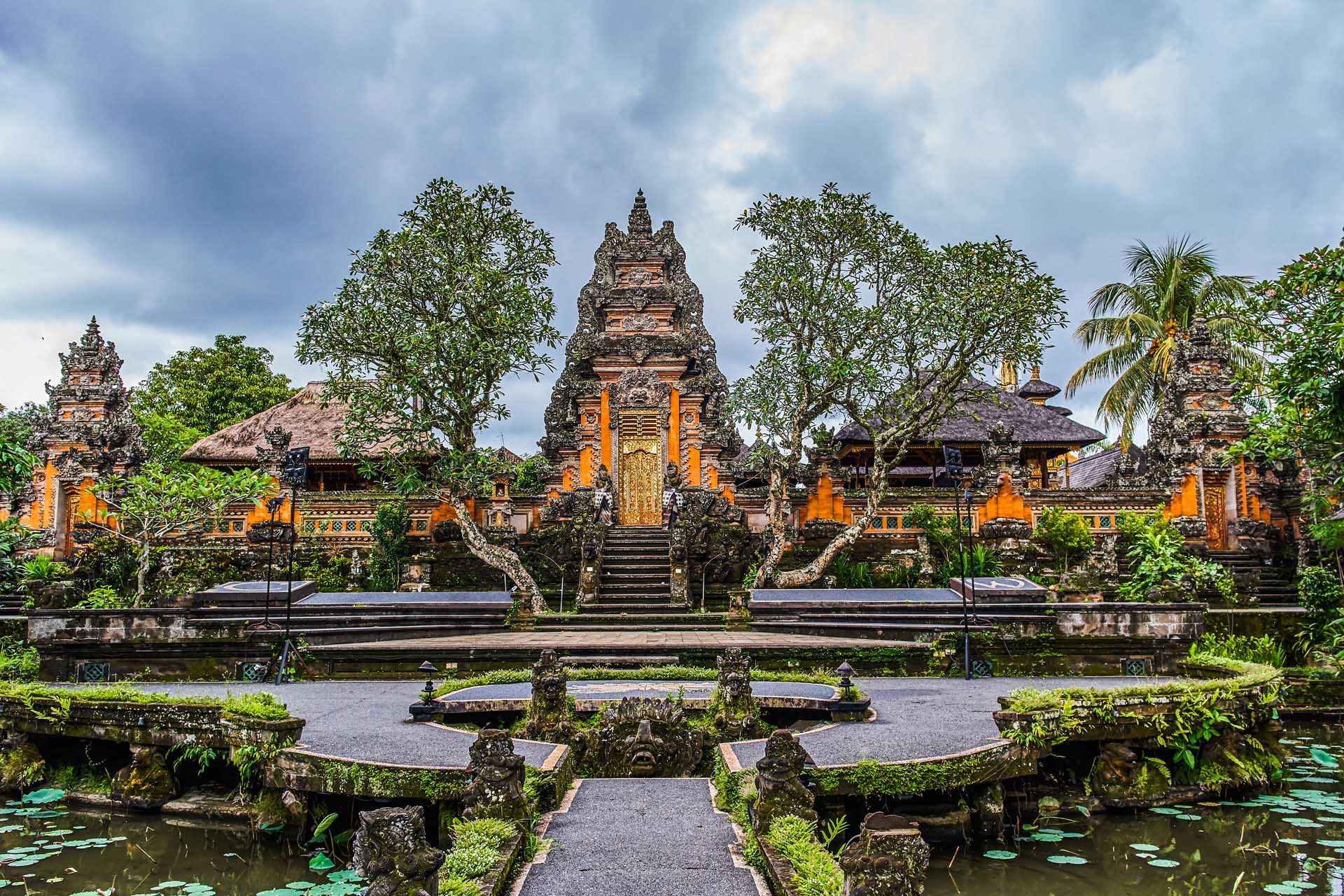13. Gunung Kawi Temple, Ubud
Gunung Kawi Temple, located in the lush landscapes of Bali, is a captivating masterpiece that carries with it a rich history and a spiritual essence.
Nestled amidst the emerald green rice terraces and surrounded by towering cliffs, this ancient temple stands as a testament to the island's profound cultural heritage.
Carved into the rock face, the temple features impressive stone shrines that pay homage to Bali's kings and queens of the past. As one explores the temple complex, they are transported back in time, awestruck by the intricate details of the carvings and the aura of tranquility that envelops the surroundings.
The lush gardens and babbling streams add to the serenity of the place, making Gunung Kawi Temple a true sanctuary for the soul.
While planning your trip, be sure to check out the best areas to stay in Bali.
How to get to Gunung Kawi Temple
Gunung Kawi Temple is located in Tampaksiring near Ubud, and easily reached by private driver, guided tour and scooter. It’s often included in temple circuits that explore central Bali.
When to visit Gunung Kawi Temple
Early morninga in the dry season are best for comfortable weather.
14. Maduwe Karang Temple, Kubutambahan
Given that it is probably the most arresting temple in north Bali, Pura Meduwe Karang is surprisingly little visited.
It lies 7km east of Singaraja’s Penarukan terminal and is dedicated to Batara Meduwe Karang – the temple ensures divine protection for crops grown on dry land, such as coconuts, maize and groundnuts.
It’s certainly built on a grand scale: the terraces at the front support 34 figures from the Ramayana, including the giant Kumbakarna battling with hordes of monkeys from Sugriwa’s army.
Yet what the temple is best known for are the carvings of Balinese villagers, including elderly people and mothers with babies. In the inner courtyard, and typical of northern temples, a large rectangular base links the three central shrines, called the bebaturan.
How to get to Maduwe Karang Temple
Nestled on a rocky seaside promontory near Candidasa in eastern Bali, Maduwe Karang Temple is approximately 20 km (30 min) from Candidasa.
We suggest hiring a private driver or booking a guided day tour of East Bali that incudes Maduwe Karang Temple and stops at Tenganan Village and Tirta Gangga.
When to visit Maduwe Karang Temple
Arrive in the late afternoon (4–5 pm) during the dry season for serene golden-hour light, cooler temperatures, and excellent sunset views over the water.
Morning visits are lovely too — quieter, with soft light.

















